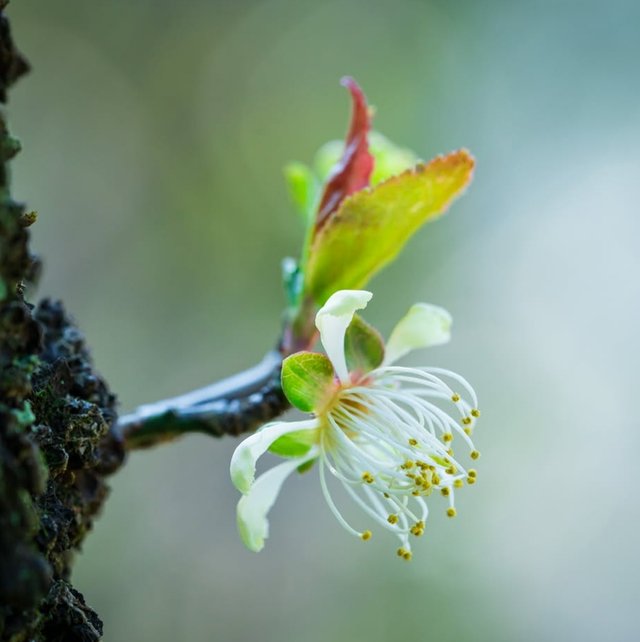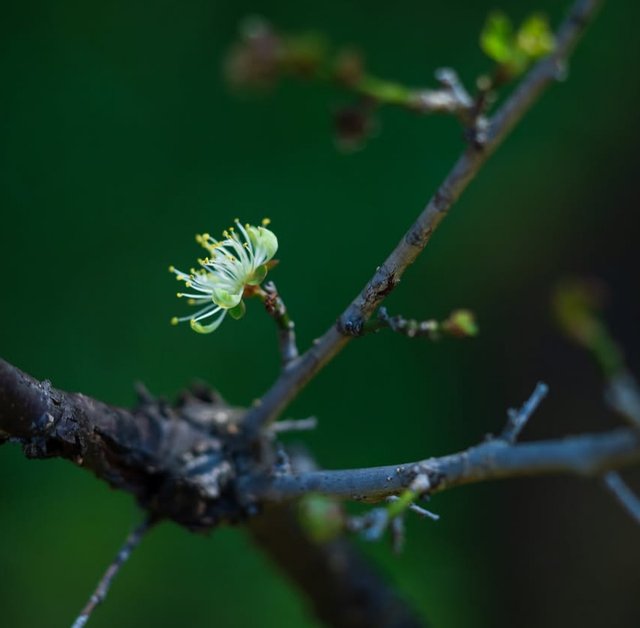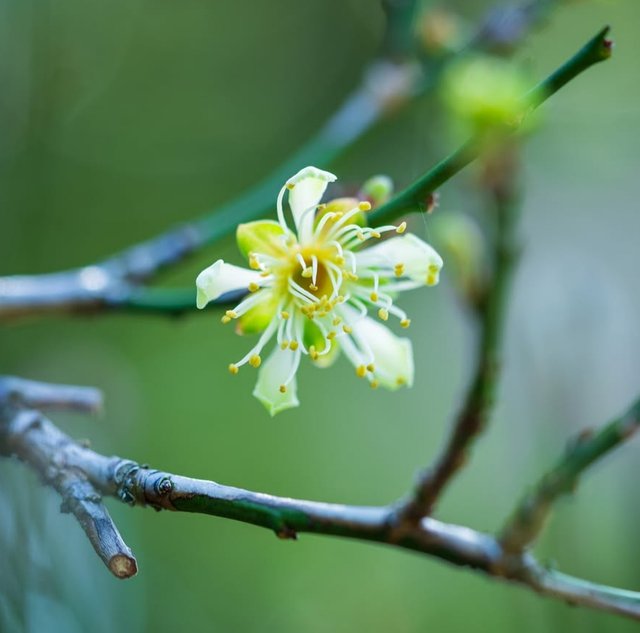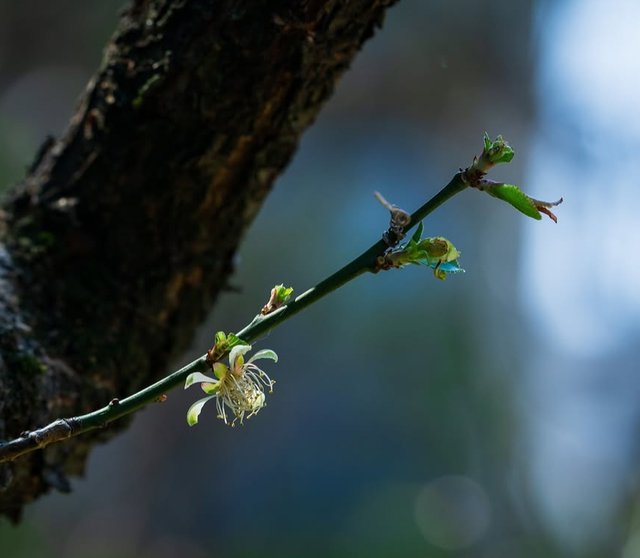Tilia Cordata So Amazing Flower
Tilia cordata: The Littleleaf Linden – A Tree of Beauty, Ecology, and Tradition
Tilia cordata, commonly known as the littleleaf linden or small-leaved lime, is a deciduous tree that holds a unique place in forests, cityscapes, and human culture across Europe and beyond. Revered for its elegant appearance, fragrant flowers, and ecological value, Tilia cordata is more than just a tree—it's a symbol of harmony between nature and civilization.
Botanical Overview
Tilia cordata is a medium to large tree, typically growing between 20 and 40 meters tall, with a broad, rounded crown and smooth gray bark when young, maturing into ridged and furrowed bark with age. Its heart-shaped leaves—hence the species name “cordata”—are finely serrated and dark green on the upper side, with a paler, slightly fuzzy underside. In autumn, they turn a mellow yellow, adding seasonal color to its surroundings.
One of its most cherished features is its profusion of small, pale yellow to creamy-white flowers, which bloom in early to mid-summer. These blossoms are rich in nectar and have a strong, sweet fragrance that attracts bees, butterflies, and other pollinators in droves.
Habitat and Range
Originally native to much of Europe and parts of western Asia, Tilia cordata has a natural preference for fertile, moist soils and often thrives in mixed deciduous woodlands, hedgerows, and riverbanks. It is a shade-tolerant species, making it ideal for forest understories in its youth. Due to its beauty and resilience, it has also been widely planted in urban environments, parks, and along avenues.
Ecological Importance
Few trees are as pollinator-friendly as Tilia cordata. Its flowers are a major summer resource for bees, particularly the European honeybee. In fact, entire hives can build their honey stores on linden nectar alone during bloom season. This association is so strong that the tree is often called “bee tree” in some regions.
Beyond its value to insects, Tilia cordata provides habitat and food for a wide range of birds and mammals. Its dense foliage offers nesting sites and cover, while its seeds and the insects it hosts serve as food for birds like finches and tits.




| Device | cannon eos 700D |
|---|---|
| Lens | 55-250 zoom leans |
| Location | Bangladesh |
